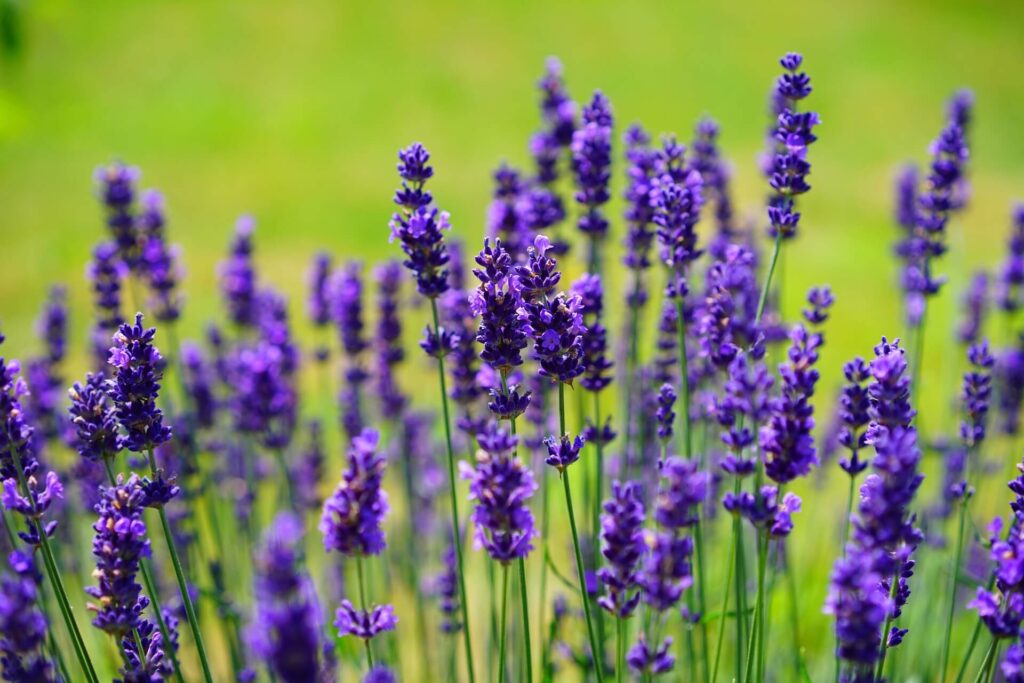Lavandula: A Fragrant Addition to Your Garden
Lavandula, commonly known as lavender, is a beloved garden plant celebrated for its fragrant flowers and soothing aroma. Here’s a comprehensive guide on growing and caring for Lavandula.

Types of Lavandula
Lavandula comes in various types, each with unique characteristics. Here are some common types:
| Type of Lavandula | Characteristics |
|---|---|
| English Lavender | Sweet fragrance, narrow leaves, blooms in late spring to early summer. |
| French Lavender | Pineapple-shaped flowers, strong scent, blooms from spring to fall. |
| Spanish Lavender | Distinctive rabbit-ear petals, blooms in spring, highly aromatic. |
| Lavandin | Hybrid of English and Portuguese lavender, large spikes, very fragrant. |
Growing Season
Lavandula typically blooms from late spring to early fall, depending on the variety and climate.
| Season | Activity |
|---|---|
| Spring | Plant new Lavandula, fertilize, start watering regularly. |
| Summer | Continue watering, deadhead spent blooms to encourage more flowers. |
| Fall | Light pruning, prepare for winter. |
| Winter | Minimal maintenance, protect from severe frost if necessary. |
Sunlight and Water Needs
Lavandula thrives in full sun, requiring at least 6-8 hours of direct sunlight daily. They prefer well-drained soil and need regular watering but avoid overwatering. Water deeply once a week, adjusting for weather conditions.
Soil Preferences
Lavandula prefers well-drained, moderately fertile soil with a slightly alkaline to neutral pH.
| Soil Type | pH Level | Characteristics |
|---|---|---|
| Sandy Soil | 6.5-7.5 | Drains quickly, ideal for Lavandula. |
| Loamy Soil | 6.5-7.5 | Rich in nutrients, retains moisture well. |
| Rocky Soil | 6.5-7.5 | Excellent drainage, prevents root rot. |
Fertilization and Nutrients
Lavandula benefits from light feeding. Use a low-nitrogen fertilizer in the spring to promote healthy growth and blooms.
| Season | Fertilization Type |
|---|---|
| Spring | Low-nitrogen fertilizer (5-10-10). |
| Summer | Low-nitrogen fertilizer if growth is slow. |
| Fall | No fertilization needed, prepare for winter. |
Pruning and Maintenance
Regular maintenance helps keep Lavandula healthy and blooming. Prune after flowering to maintain shape and remove spent blooms.
Additional Tips for Growing Lavandula
- Mulching: Apply a layer of mulch around the base of your Lavandula to retain moisture and suppress weeds.
- Pest Control: Watch out for common pests like aphids and spider mites. Use organic treatments as necessary.
- Winter Protection: In colder climates, protect Lavandula from frost by covering them with mulch or burlap.
Conclusion
Lavandula is a delightful addition to any garden, offering fragrant blooms with minimal care. From selecting the right type of Lavandula to ensuring proper sunlight, water, and soil conditions, you can enjoy these aromatic plants for years to come.